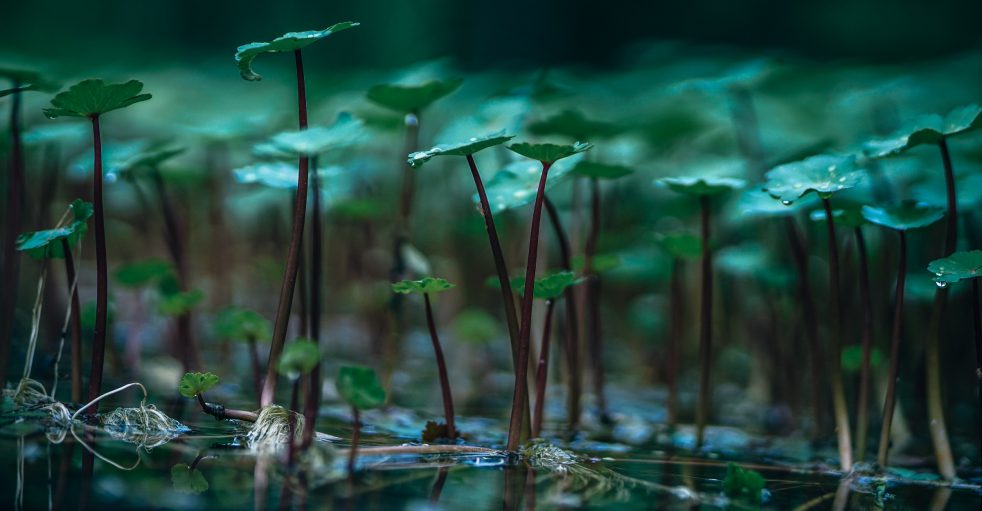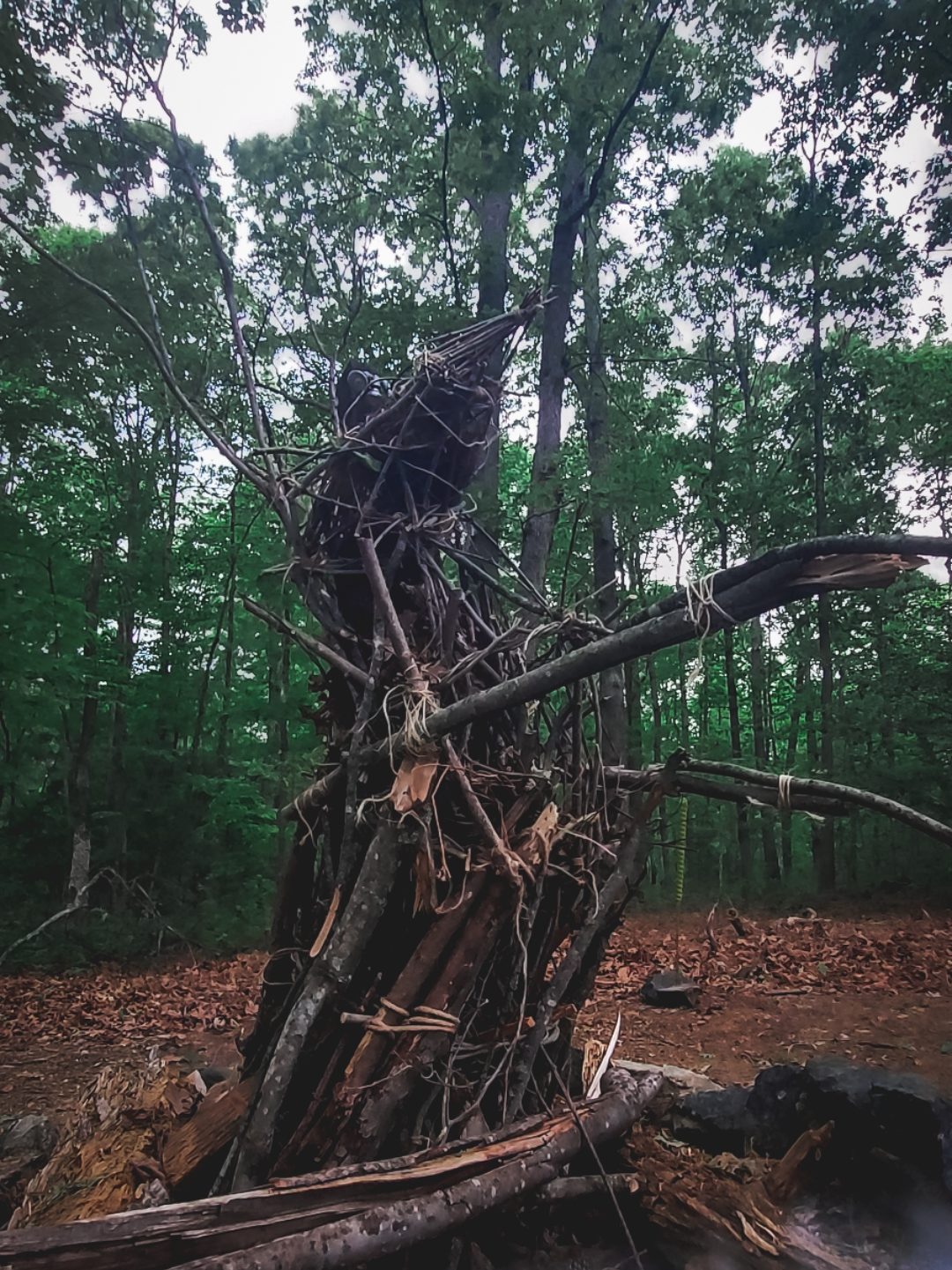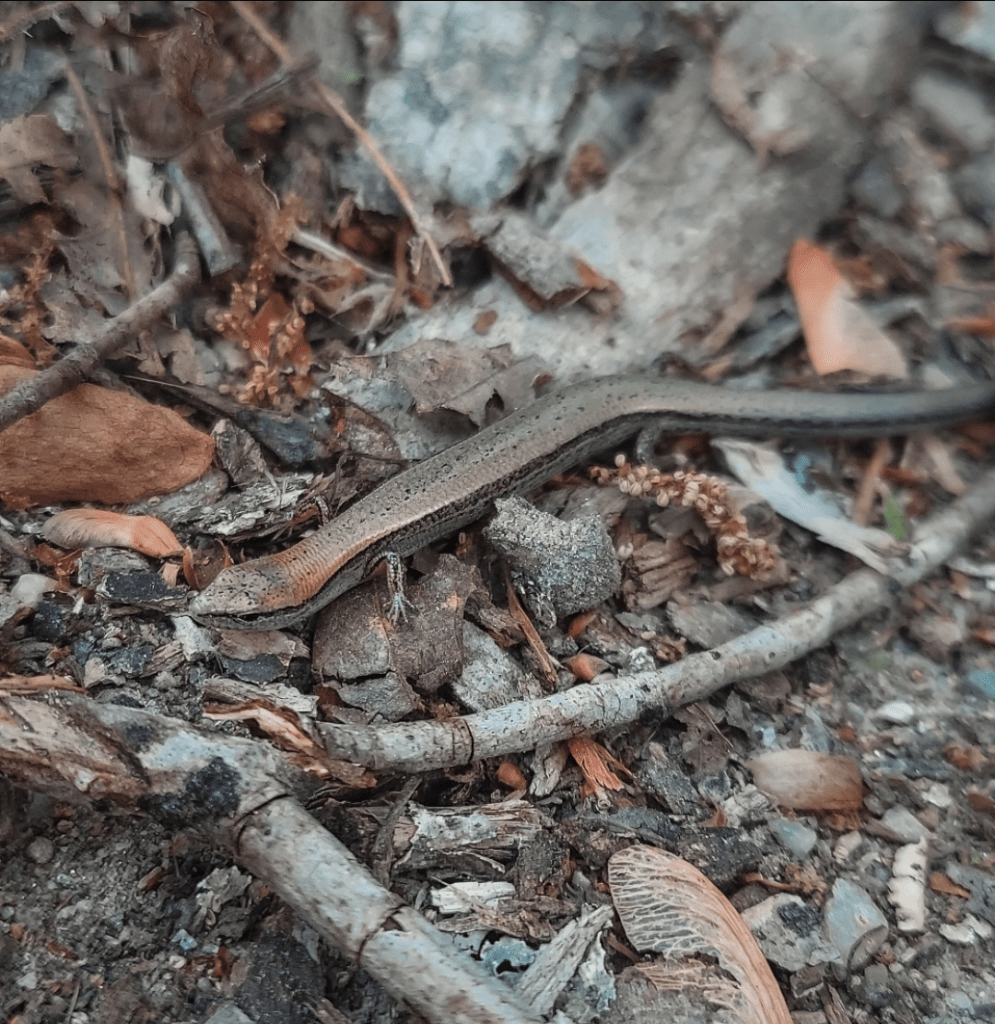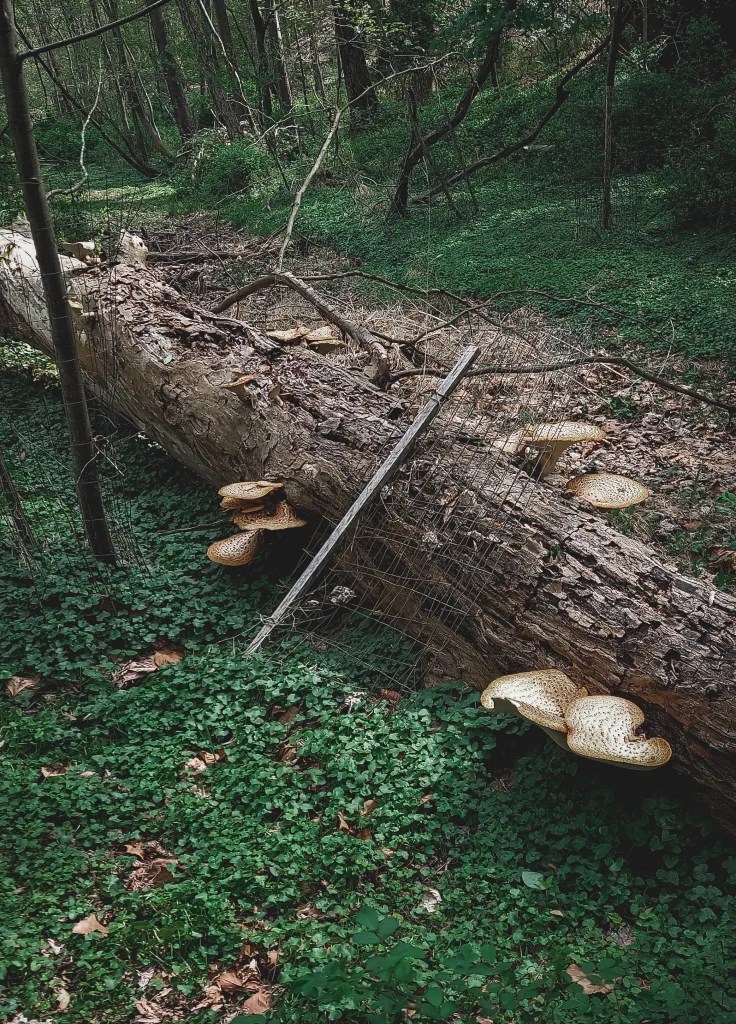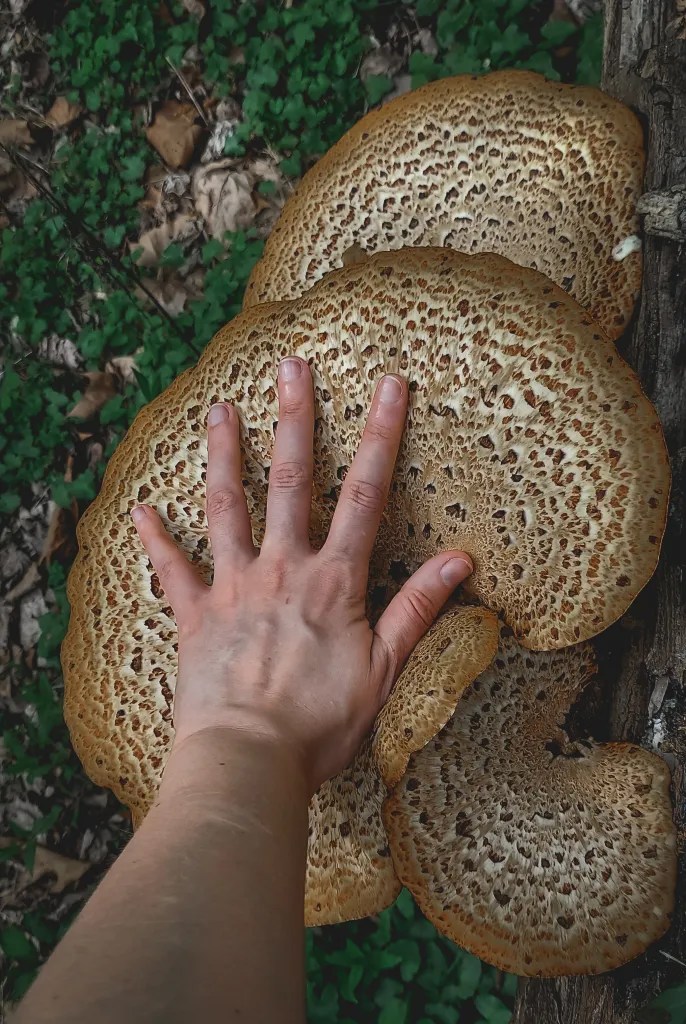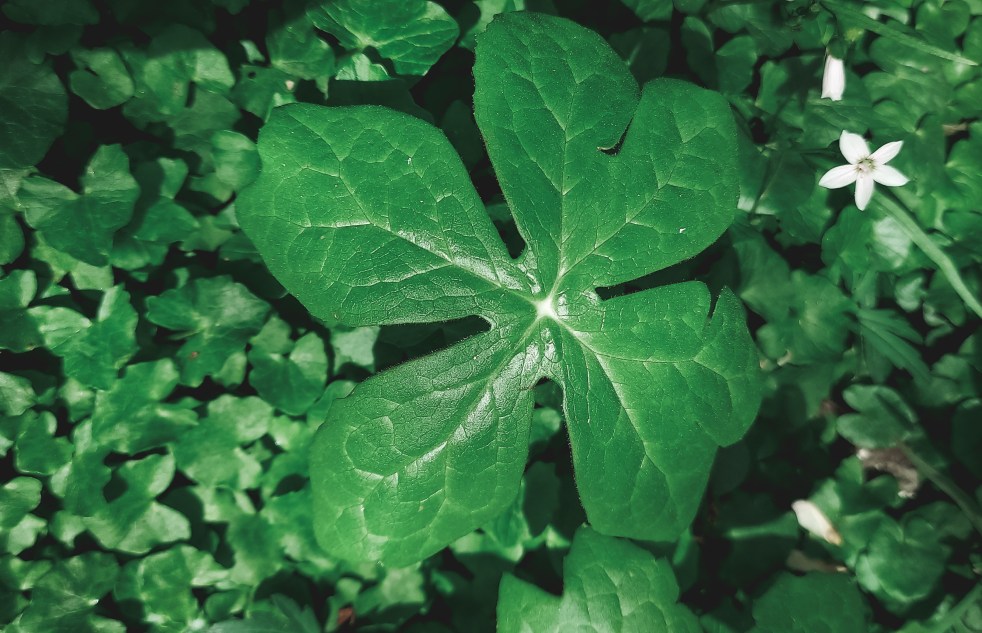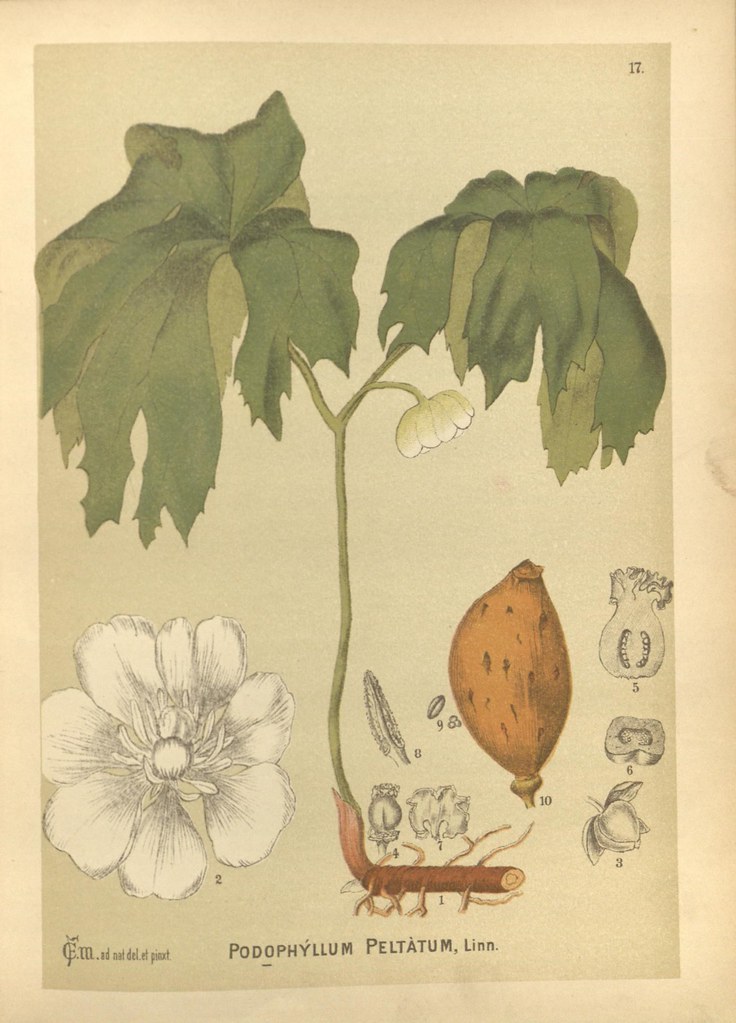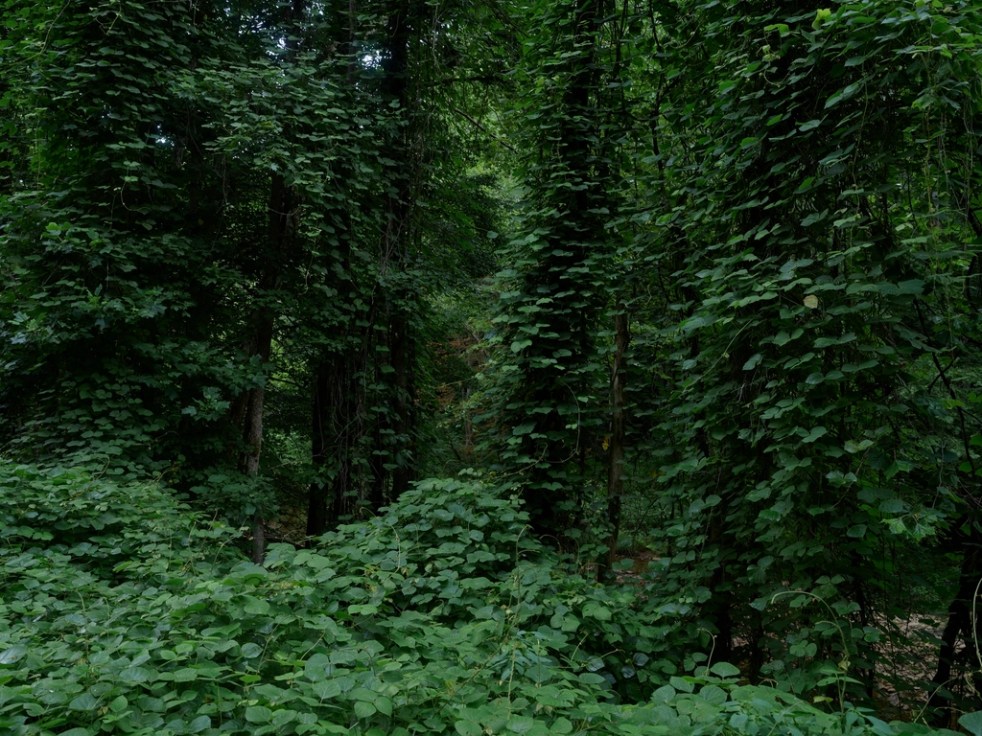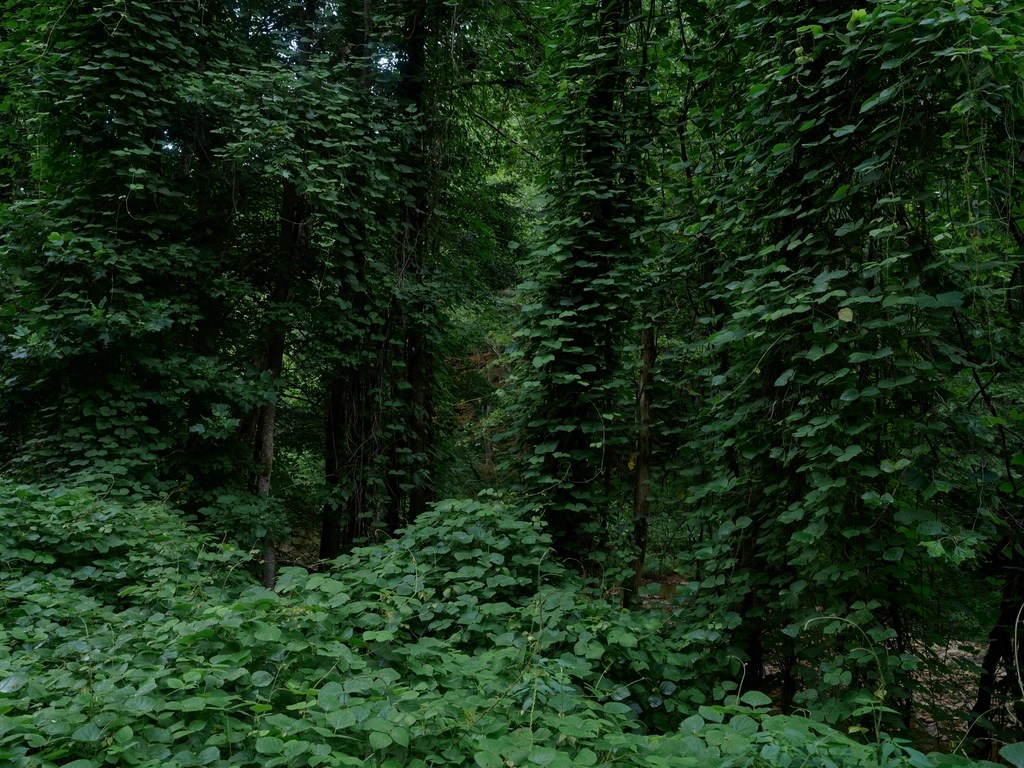Hello! It’s… uh. It’s been a while.
The past few months have been pretty intense. I downgraded my WordPress hosting, because I found that I wasn’t using many of the benefits of my upgraded package. This sounds simple, but, in reality, required a lot of back-and-forth between three chat bots, some emails, and a discussion forum. Either way! It’s all sorted now and, if anything breaks in the near future, it’s entirely because I’m messing with themes and colors again.
Now, as for the rest… I vended at my first in-person event this year! It was a great experience, I sold a ton of artwork and sculptures, and I’m very happy.
Then, shortly afterward, my house caught on fire some. I was sitting in the bath when I smelled something like melting plastic. I checked the bathroom window, but it definitely wasn’t coming from outside. When the smell intensified, I asked my Handsome Assistant to see if he could track it down.
He came running back with a fire extinguisher, there was smoke everywhere, cats were evacuated, fire department was called, and I sat in the driveway for a while chatting with friends on Discord because I’m pretty sure that was the one thing tethering my sanity in the midst of all of the chaos at that particular moment.
Anyhow! Everyone’s fine and the house is habitable. However, as a public service announcement: Do not leave your bathroom vent fans on when you’re not around, they are absolutely capable of subterfuge. As it turns out, our basement bathroom vent fan’s wiring blew out in a rather spectacular fashion. Like, flames. Melted insulation. A scorched gas line. If we hadn’t been home, or I hadn’t smelled it when I did, it would’ve been a catastrophe. As it is, it’s just been a very stressful series of inconveniences – including having no heat for several weeks.
Also, yellowjackets live in the walls now. This is totally unrelated to the fire. They just saw some gaps around the powerlines and decided it was free real estate, and now they live there. Sometimes they get into our bedroom. I woke up gently spooning one this morning.
If circumstances were different, these guys would’ve died off with the first frost as they usually do. Since they’re living in the walls, they’re here to stay. Or at least for way longer than my Handsome Assistant and I are comfortable with sharing a space with them. I don’t mind stinging insects, but as far as housemates go… I mean, they’re not great.
Lastly, we have ducks!
We did not initially intend to get ducks.
My Handsome Assistant likes the idea of having egg-producing pets, despite the fact that neither of us eat eggs. (It is his latent Ohio prepper sensibilities.)
These are not egg-laying ducks.
What happened is a friend of ours rescued some ducklings from Tractor Supply. It was the end of the season, the store can’t return them to the breeder, so they just… had these unsexed ducklings. Friend took them, since friend already has necessary ducky infrastructure, and the ducklings grew into three handsome Rouen drakes and one lovely hen.
(Pause for sounds of dread from people who have kept drakes and hens before.)
Duck mating is… Let’s call it “hardcore.” It’s dangerous for the hens at the best of times, and that’s even with a good ratio of drakes to hens. Which is about 1:3-4 at minimum, not 3:1. So, friend needed to find a home for these drakes before the spring breeding season rolls around. If no one took them, they’d have to make the difficult decision to cull the drakes for the safety of the hen, which they really didn’t want to have to do.
So, bleeding heart that I am, I decided we were going to keep ducks.
And honestly? It’s been great. We built them a run and a coop, set up a pool, gave them a separate water source, and feed them a variety of fresh foods alongside a healthful prepared diet. They’re three handsome Rouens, and they’re also a lot of fun. They get excited when I walk outside or talk to them through the window. They wag their tails and bob their heads. They’ll eat treats from my hand and listen very well when I tell them it’s time for bed.
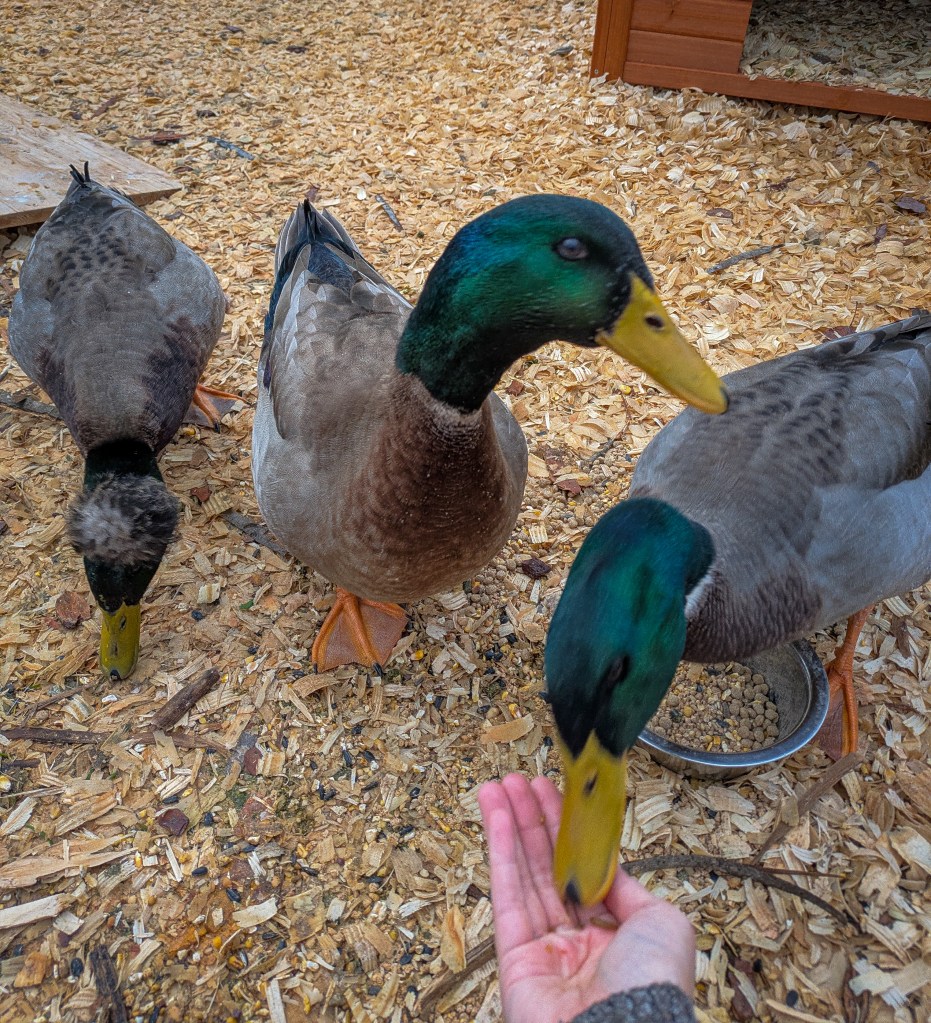
… Alright, they listen well when I walk in and say, “Alright handsome boys, it’s time to go eepy-sleepy’! Ready? Let’s go!” In high-pitched parentese like a demented Disney princess.
We’ve only had them for a little while, and I already love them. There’s Marcus, the crested one and the smallest of the three. There’s Robert, the second largest and boldest. And there’s Eddie, the largest and the unwitting target of Marcus’… affections.
Ducks, like many other animals, will mount each other in a display of dominance. So, much like a high school transfer student, Marcus has apparently decided that since he’s in a new place, it is time to try to be the Cool Important Duck. A strategy that would make more sense if he weren’t shy and less than half the size of Eddie.
Eddie’s mostly just confused by the tiny hat-wearing maniac trying to climb on his back.
So, my time a way has mostly been dealing with housefire remediation logistics, rebuilding, setting up duck infrastructure, and finding a way to get the wasps out of the walls.
How are yous all doing?

